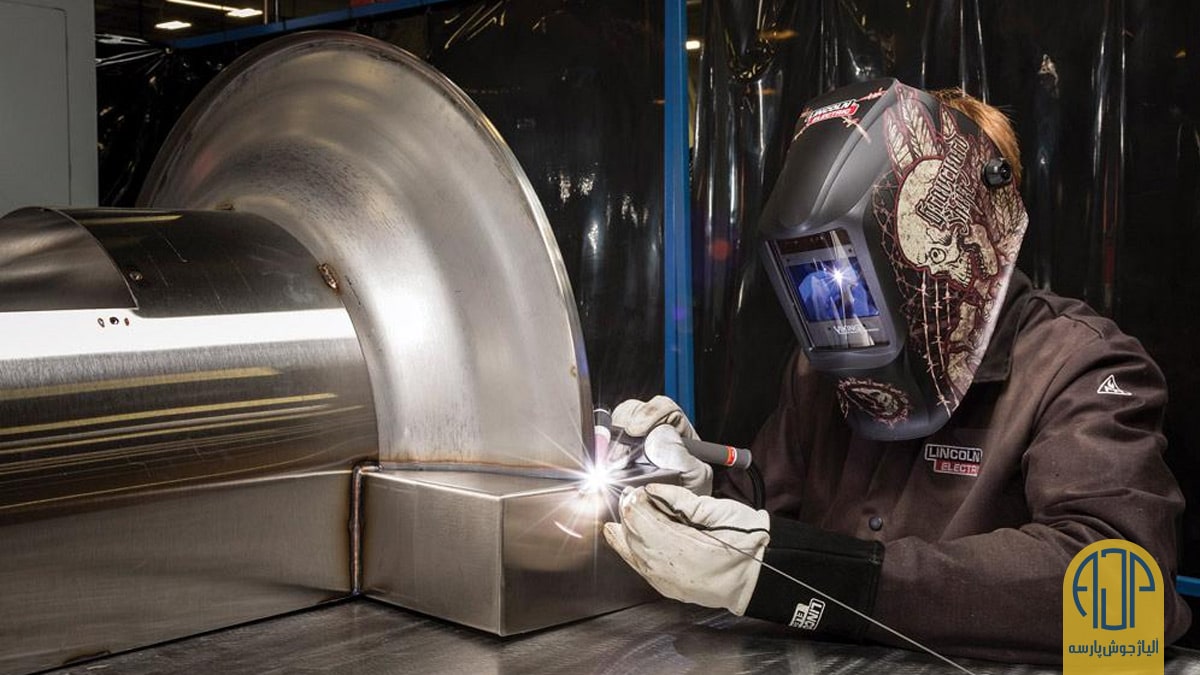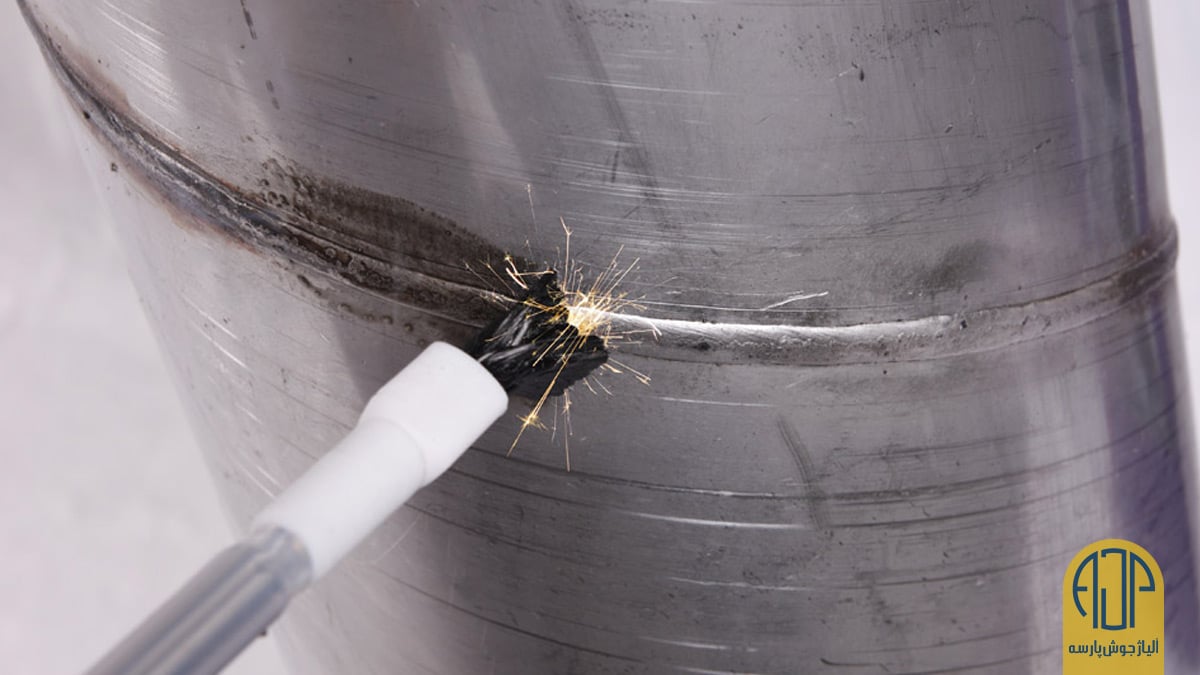A lot of DIY welding enthusiasts and professionals who work with stainless steel know that the metal gets tinted during the heating and welding process. This can diminish the aesthetic look of their finished project and make it look amateurish.

This is why many welders want to know how to clean stainless steel after welding?
The best way to clean stainless steel after welding is through a process called electropolishing. This process involves the oxidation of an acidic electrolyte on a metal surface with the help of electricity.
Electropolishing not only clears the surface from stains, but it also helps the metal become properly passivated. This covers the surface with an iron-free chromium oxide layer and gives it the shine that stainless steel is famous for.
What Are Heat Tints and Corrosion
Heat Tints
Most metals, including stainless steel, have an oxide layer at the surface. Heat tinting causes this naturally occurring oxide layer to become thicker which causes discoloration. The temper colors are a direct result of light interference effects as light bounces off the metal surface.
Light reflected from the oxide film’s normal surface and that which is reflected from the oxide metal interface created by welding cause a variety of colors depending on the oxide layer thickness.
In the welding industry, various terms are used to describe this phenomenon, such as discoloration, oxide scale, and rainbow effect. All these terms are talking about the same thing, a change in the color of the top layer of stainless steel. It usually occurs around the weld bead and within the surrounding zone that has been affected by the heat.
Corrosion
Corrosion is a natural, oxidation process. When you prepare a metal surface for welding, it becomes exposed to a variety of atmospheric elements like oxygen and humidity, which creates the perfect condition for rusting.
This is why it is important to clean and polish your welding projects before and after the welding job. This helps preserve the surface, strength, and shape of steel structures. The increased durability and attractive appearance of finished steel projects are additional benefits of the cleaning process.
Types of Weld Cleaning
There are three main types of cleaning used for stainless steel after welding; mechanical, chemical and electrochemical. Brushing is used to prepare the surface and remove particles after cleaning.
Mechanical Weld Cleaning
Mechanical weld cleaning is a common and low cost method used for cleaning stainless steel. It involves grinding machines and abrasives to clean the top layer of metal surfaces where rust and other slag particles can form.
Mechanical welding consumes a lot of time and rarely achieves 100% clean results with necessary aesthetic value. It is only good for surface areas that are easy to reach.

Chemical Weld Cleaning
Chemical cleaning is the most commonly used method for metal cleaning. It involves using a chemical pickling paste for cleaning after a welding job. The paste is applied to the affected areas using a brush or spray and left on the surface for some time to interact with the metal. It is later removed and the surface is neutralized with a neutralizing agent.
This process is quite effective for cleaning steel after fabrication but welders don’t like it for a couple of reasons.
First, chemical pickling paste contains a variety of toxic acids, including hydrofluoric, nitric, and sulfur acids. These chemicals are quite dangerous for the human body and they can cause serious, long-term damage to the skin and internal organs if they are consumed or breathed in.
Second, only a certified operator is allowed to use chemical pickling paste. The operator’s whole body must be fully covered so that there is no chance of contact with the acids. This is why pickling is generally only used in commercial workshops and automated sites.
Electrochemical Weld Cleaning
Electrochemical weld cleaning, also known as electropolishing, is considered the most effective method of cleaning stainless steel. It is faster, safer and preferred by welders, compared to the other two methods. It doesn’t pose any major health risks for the welder.
Apart from post-welding cleaning, the process is also quite effective for removing rust, cross-contamination and other kinds of impurities from metal surfaces.
Source: weldingheadquarters.com
